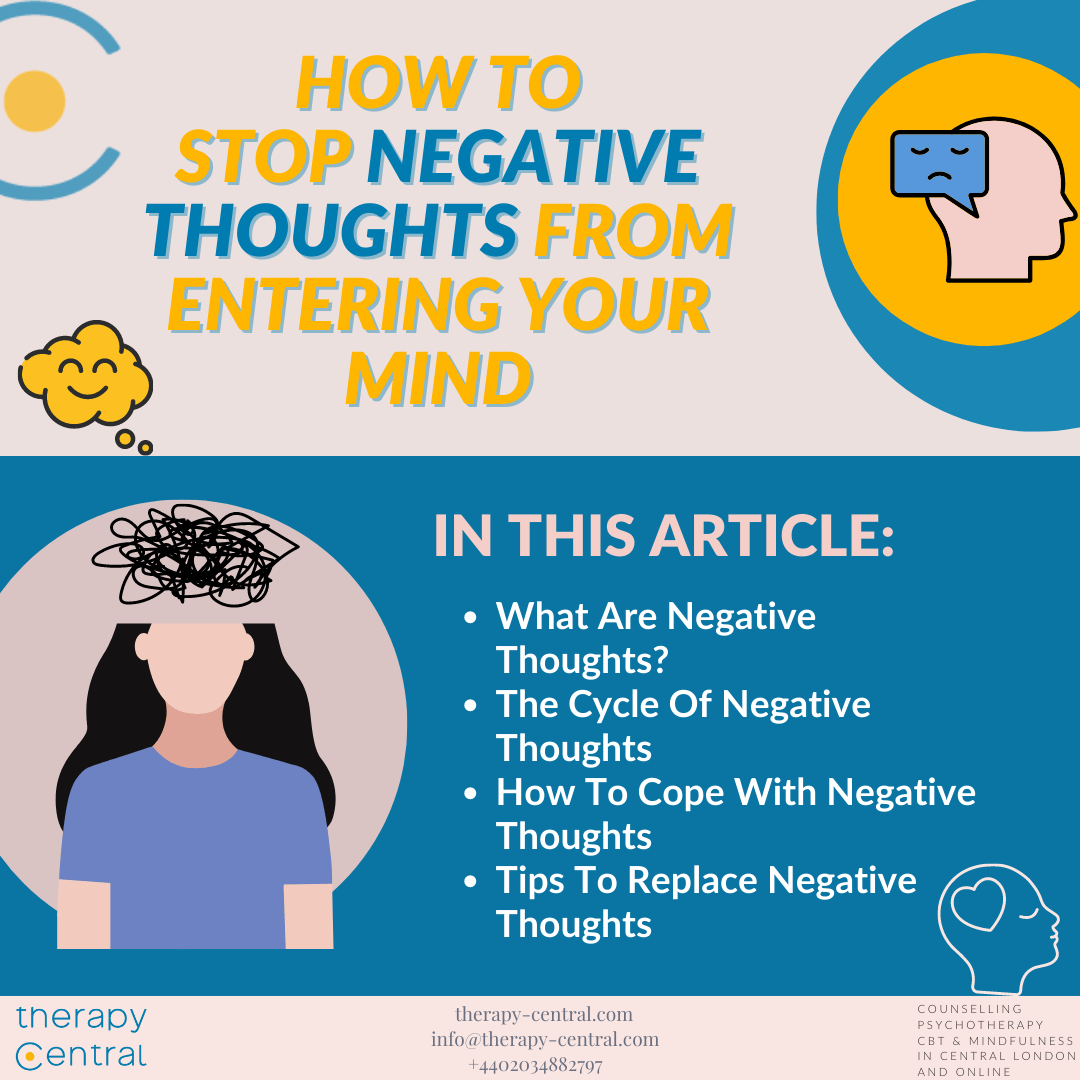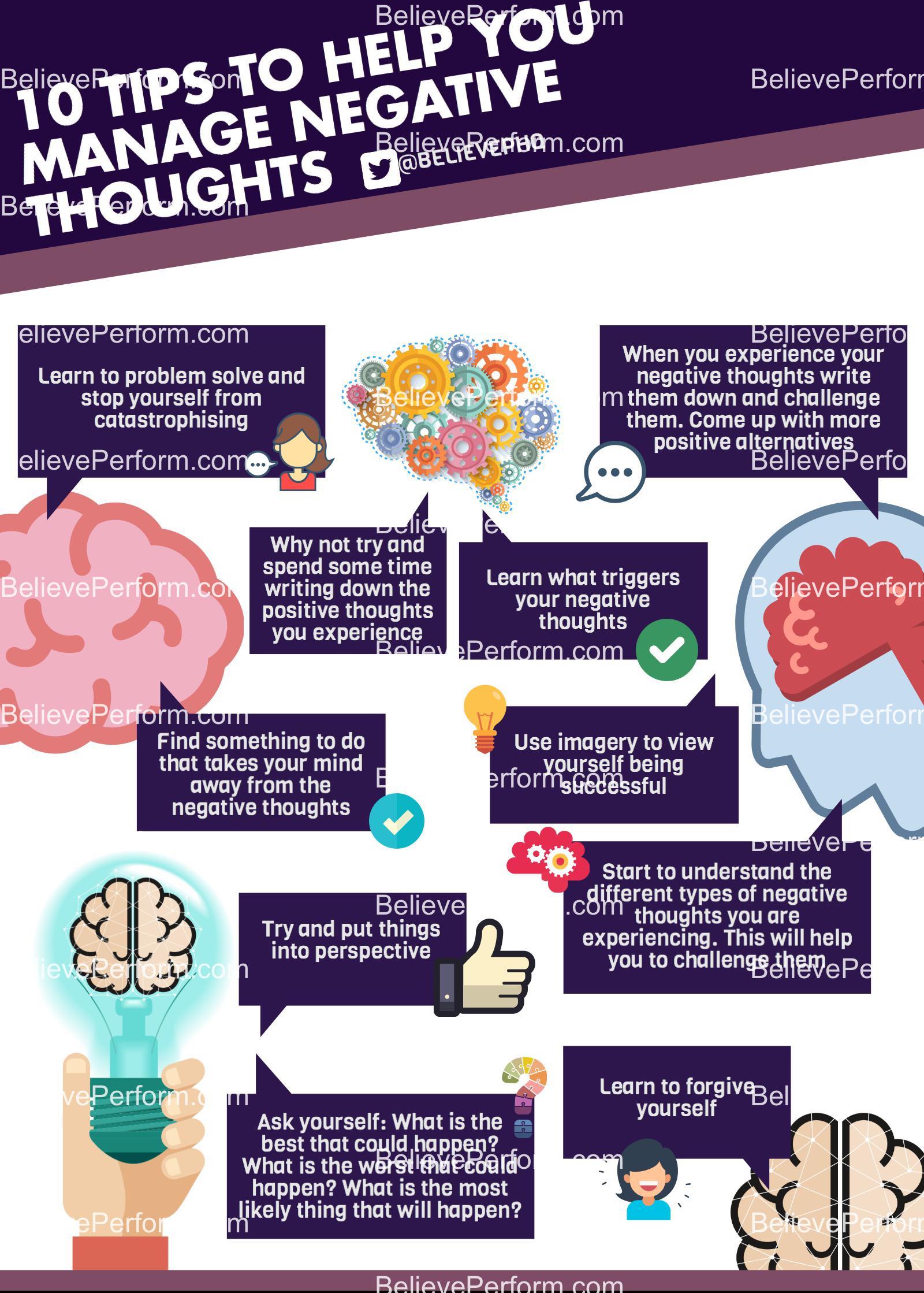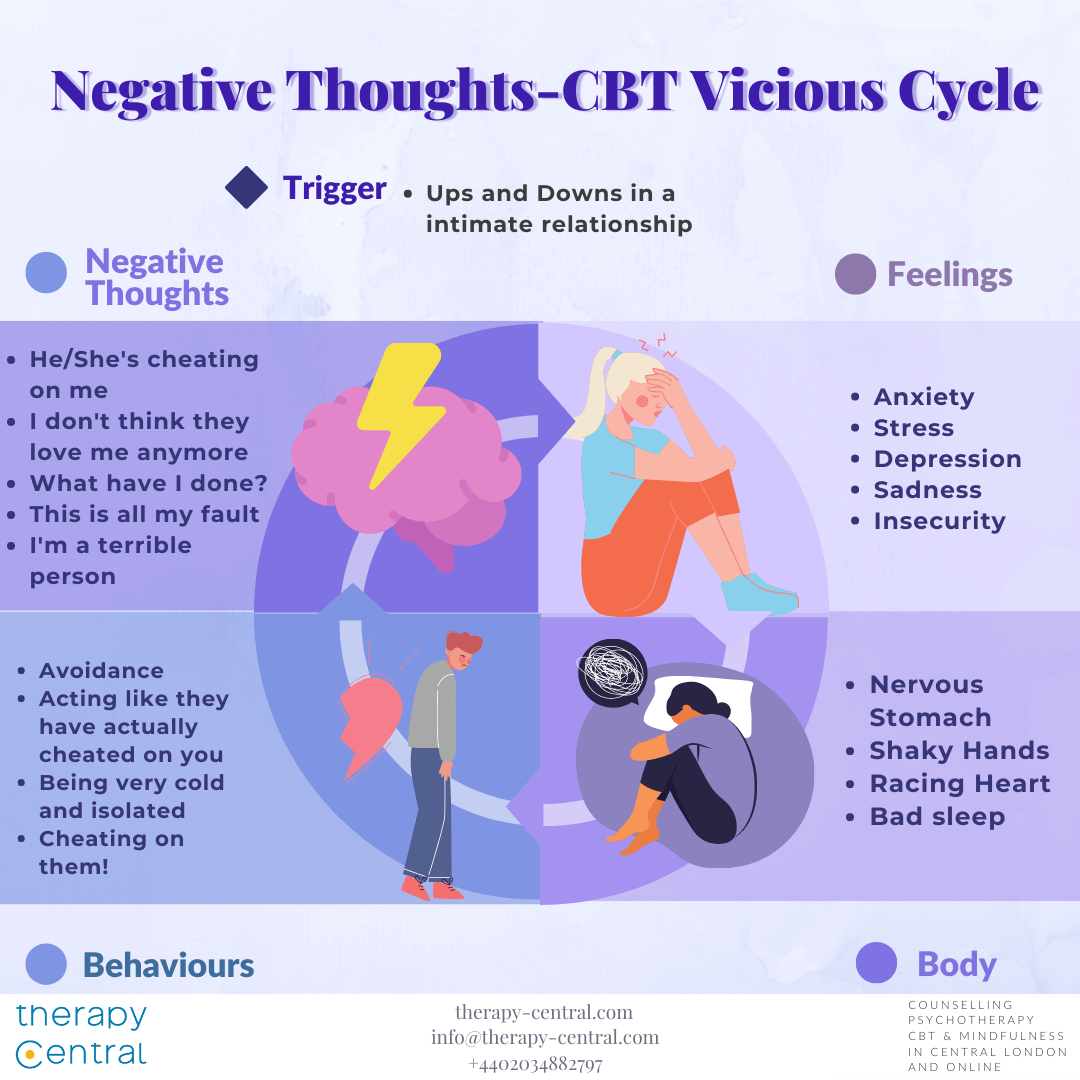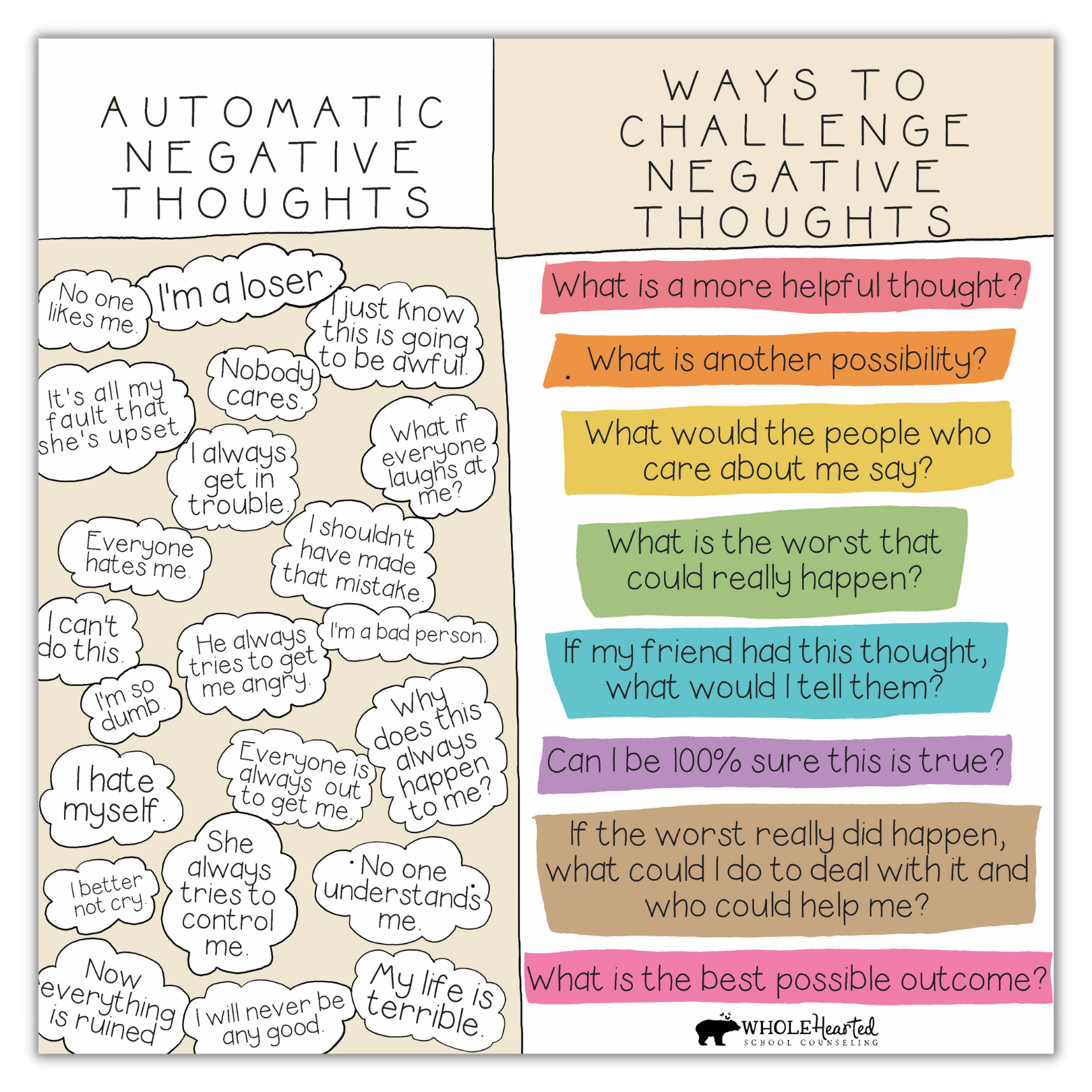How To Get A Negative Thought Out Of Your Head

Stuck in a spiral of negative thoughts? You're not alone, and immediate action is crucial to regain control of your mental state.
This guide offers actionable strategies, backed by psychological principles, to help you banish unwanted thoughts effectively and immediately.
Understanding the Grip of Negative Thoughts
Negative thoughts can stem from various sources: stress, anxiety, past experiences, or even biological predispositions.
The *American Psychological Association (APA)* reports that cognitive behavioral therapy (CBT) is highly effective in managing these thought patterns.
Recognizing the trigger is the first step to breaking free.
Immediate Action: Disrupt the Thought Pattern
The "Thought-Stopping" Technique
This involves consciously interrupting the negative thought process.
When a negative thought arises, say "Stop!" firmly, either aloud or in your mind. This creates a mental barrier.
Immediately replace it with a positive or neutral thought. Focus on something tangible like your surroundings.
Grounding Exercises
Grounding brings you back to the present moment, diverting your attention from negative thoughts.
The "5-4-3-2-1" technique, recommended by multiple anxiety support groups, involves identifying five things you can see, four things you can touch, three things you can hear, two things you can smell, and one thing you can taste.
This sensory focus pulls you out of your head and into the here and now.
Physical Activity
Exercise releases endorphins, which have mood-boosting effects. A brisk walk, a quick jog, or even a few jumping jacks can work wonders.
A study published in the Journal of Health Psychology demonstrates that even brief periods of physical activity can significantly reduce negative thinking.
Get your body moving to shake off the mental cobwebs.
Longer-Term Strategies for Thought Management
Mindfulness and Meditation
Mindfulness involves paying attention to the present moment without judgment.
Meditation can train your mind to observe thoughts without getting carried away by them. It helps you to be aware when negative thoughts arise, so you can choose how to respond.
Numerous apps and online resources offer guided meditation exercises.
"Headspace" and "Calm"are two popular options.
Cognitive Restructuring
This technique, central to CBT, involves challenging and changing negative thought patterns.
Identify the negative thought, examine the evidence for and against it, and then replace it with a more balanced and realistic thought.
Example: Instead of "I always fail," try "I have failed in the past, but I have also succeeded. I can learn from my mistakes."
Seeking Professional Help
If negative thoughts are persistent, overwhelming, or interfering with your daily life, seeking help from a therapist or counselor is essential.
A mental health professional can provide personalized strategies and support for managing your thoughts and improving your overall well-being.
Organizations like the National Alliance on Mental Illness (NAMI) offer resources and support for finding mental health professionals in your area.
Moving Forward
Mastering the art of banishing negative thoughts is an ongoing process, not a one-time fix.
Practice these techniques regularly, and don't get discouraged if you have setbacks.
Consult mental health professionals for tailored advice. The journey to a healthier mindset starts now.


















